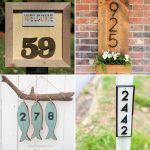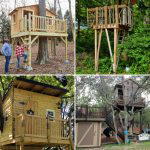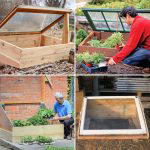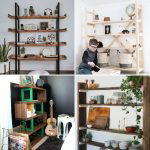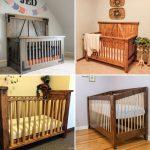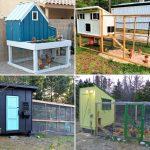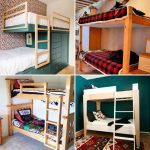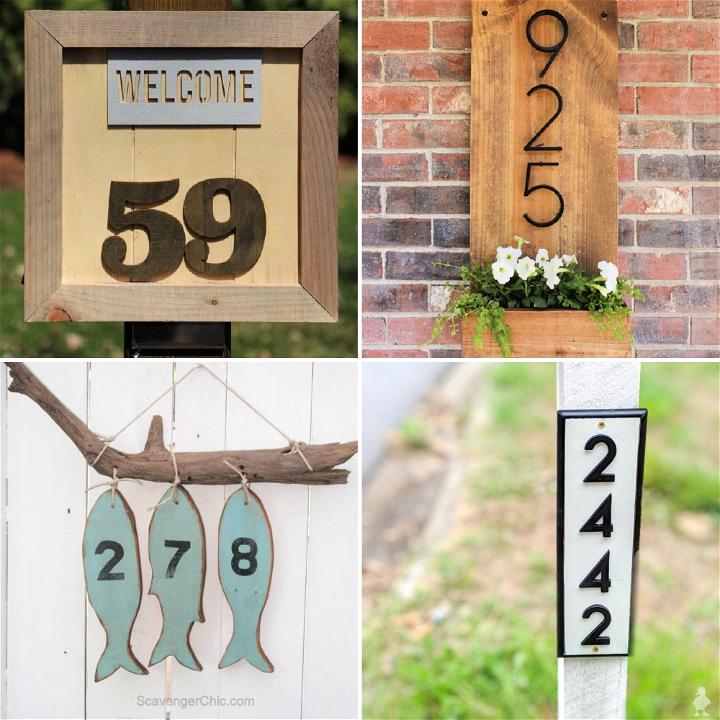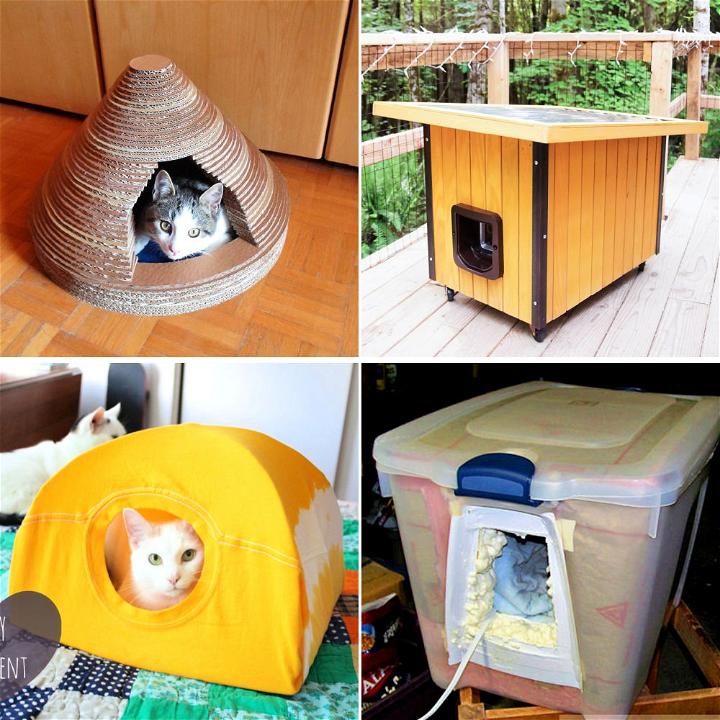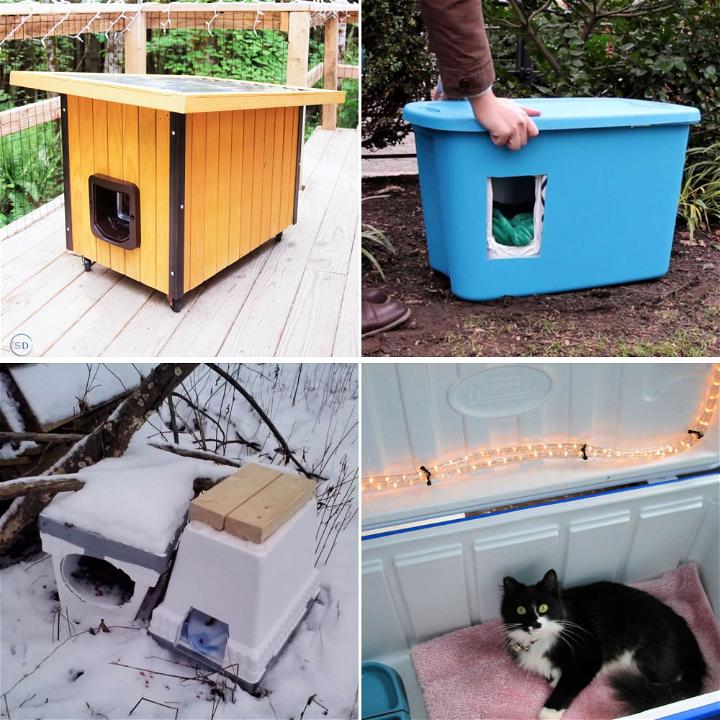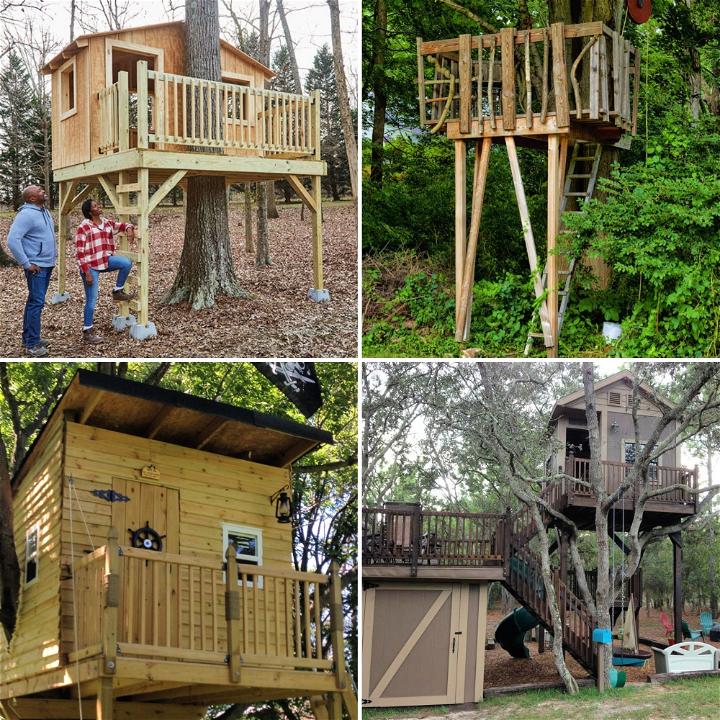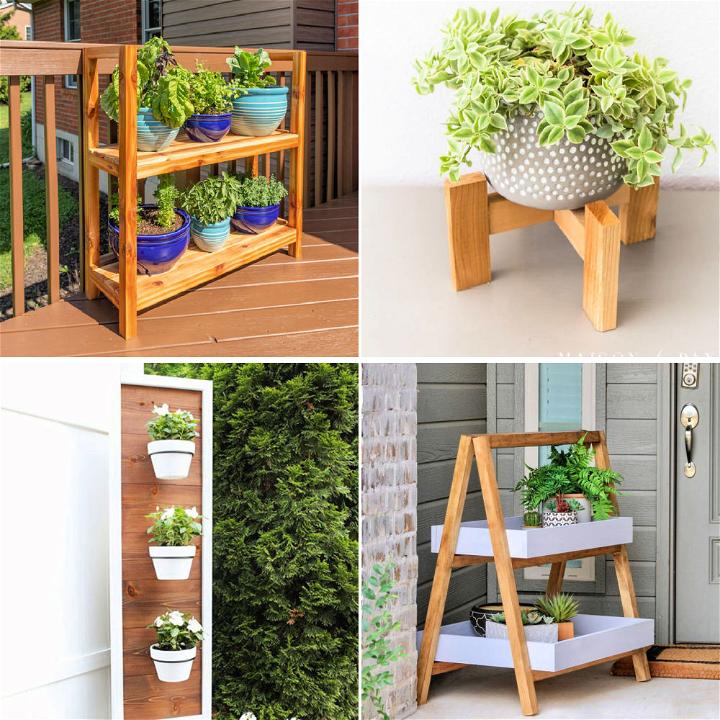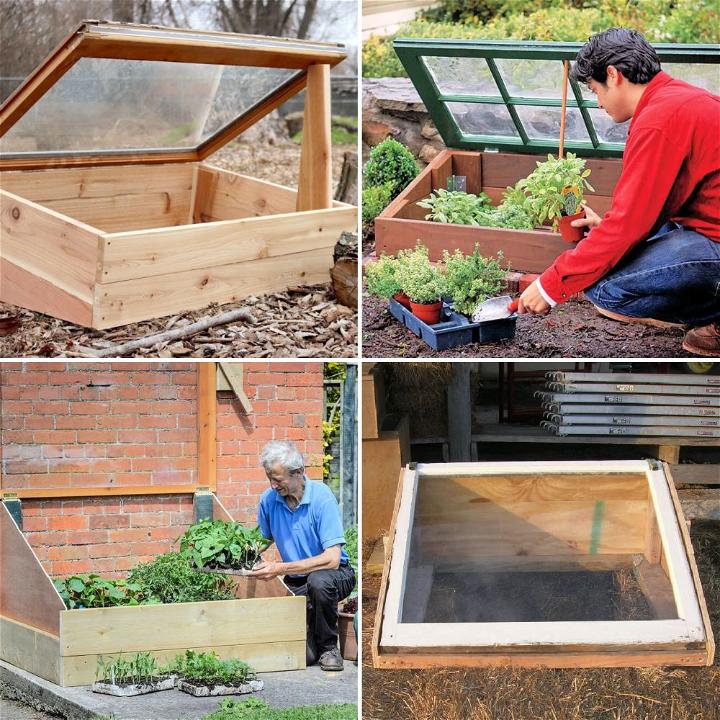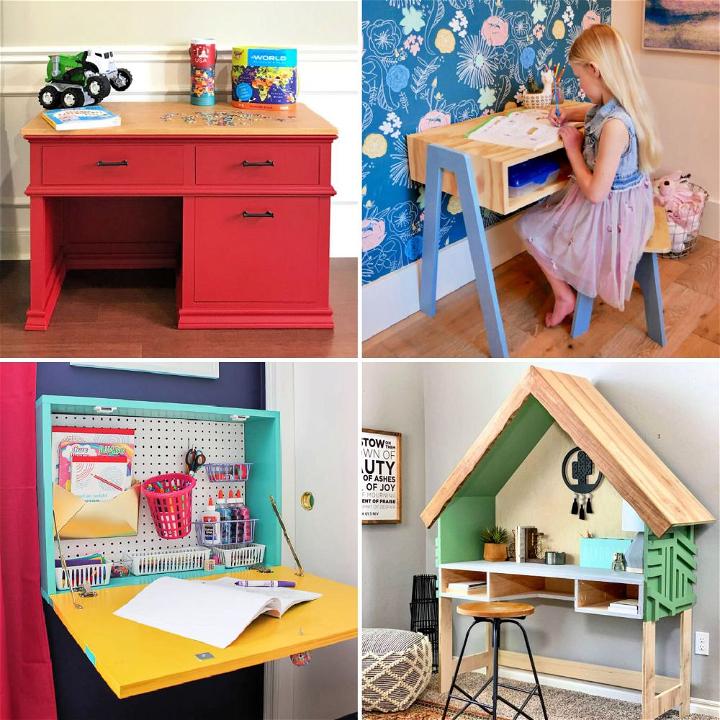DIY bat house plans are waiting for you to build a cozy home for our nocturnal friends. Bats play a crucial role in our environment. From pollinating plants to eating thousands of insects nightly, these nocturnal creatures are invaluable. However, their habitats are diminishing. Building a bat house provides a safe haven for bats and is a great way for you to contribute to conservation efforts. This guide walks you through building a two-chambered bat house using simple materials.

What You Will Learn
By the end of this guide, you'll learn to build a durable, functional bat house that can host multiple bats, helping control your local insect population naturally. You'll understand the materials needed, the construction process, and how to mount the bat house correctly.
Materials Needed
- Cedar fence posts (1x6x6)
- Waterproof wood glue (Type III)
- Screws for outdoor use
- Dark water-based stain (suitable for your climate)
- Sandpaper
- Tools: saw, chisel, clamps, drill
Why Cedar? Cedar is durable, naturally resistant to rot, and rough, providing an excellent grip for bats. The rough surface is crucial for bats to clamber inside the house.
Step-by-Step Instructions
Preparing the Wood
- Cut the Cedar Posts: Begin by cutting your cedar fence posts into sections - three 26-inch sections for the back and middle, and various 22-inch pieces for the front.
- Smooth and Trim: Use a table saw to smooth the sides of the cut pieces, ensuring they are of uniform width. This step is vital for the structural integrity of the bat house.
- Glue the Pieces: Apply waterproof glue between the wood pieces for the back and middle sections, and clamp them together. This glue is essential for outdoor durability.
Constructing the Bat House
- Cut Additional Strips: Once the glued pieces are dry, cut * ¾ inch strips from leftover wood. These strips will be used to make a gap between the two chambers inside the bat house, critical for the bats' comfort and movement.
- Angle the Top: Trim the top of your bat house at a slight angle. This ensures that rain will run off the roof, preventing water from pooling and potentially damaging the house.
- Apply Grooves: Use a handsaw to gently apply grooves inside the bat house. These needn't be deep but should provide sufficient grip for the bats. It's crucial for their ability to climb and roost within the structure.
- Assemble the House: Glue, then screw the pieces together, ensuring the sides line up neatly. This step requires precision and patience for a secure and durable finish.
- Build a Landing Pad: The bottom pieces should have grooves or scratches to ensure bats can easily land and climb into their new home.
Finishing Touches
- Stain the Wood: Choose a water-based stain appropriate for your local climate. Darker colors absorb more heat, beneficial in cooler climates, while lighter colors are better for warmer areas.
- Attach Decorations: If desired, add any decorative elements, like carved bats, to personalize your bat house before mounting.
Mounting Your Bat House
- Location: Choose a location that receives 6-8 hours of direct sunlight daily.
- Height: Mount the bat house at least 12 feet off the ground.
- Avoid Obstructions: Ensure there are no obstacles below the bat house that could hinder the bats' flight.
- Consider Predators: Keep the bat house away from bright lights and potential predators.
Video Tutorial
Want a visual demonstration? Watch a step-by-step video tutorial on YouTube here.
It provides a clear and easy-to-understand visual walkthrough of the techniques, making it a great companion to this written guide.
By following these detailed instructions, you'll make a welcoming home for bats in your area, contributing to their conservation and benefiting from their natural insect control.
Introduction to Bat Conservation
Bats are vital to our environment. As nocturnal creatures, they play a crucial role in maintaining healthy ecosystems. Here's why they're important:
Bats as Pest Controllers
Bats are nature's pest control. Most bat species consume insects, including many that are harmful to crops. For example, a single little brown bat can eat up to 1,000 mosquito-sized insects in just one hour. This natural pest management saves farmers globally an immense amount of money on pesticides and protects crops from damage.
Bats as Pollinators and Seed Dispersers
Beyond insect control, bats are also pollinators and seed dispersers. About a third of bat species feed on the nectar of flowers, playing a significant role in pollination. They help in the production of fruits and seeds, benefiting not only the plants but also the wide array of animals that rely on these plants for food.
Threats to Bats
Despite their importance, bats face many threats, including habitat loss, climate change, and diseases like White-Nose Syndrome. By understanding and supporting bat conservation, we can help protect these essential animals and the services they provide to our environment.
Design Principles for Bat Houses
Building a bat house is more than just providing shelter; it's about ensuring safety and comfort for bats. Here's how to design an effective bat house:
Size and Space
A successful bat house is at least two feet tall, with chambers that are tall and wide enough to accommodate the bats comfortably. The design should include an open bottom to prevent guano accumulation and parasites.
Temperature Regulation
Bats need a warm and stable environment. Multi-chambered bat houses offer better temperature regulation, which is crucial for the bats' well-being and breeding success.
Location and Mounting
Where you place the bat house is just as important as its design. It should be mounted in a location that receives ample sunlight and is safe from predators. The house should also be placed at an appropriate height to ensure it's attractive to bats looking for a new home.
By following these guidelines, you can make a welcoming space for bats, contributing to their conservation and enjoying the benefits they bring to our ecosystem.
FAQs About Bat Houses
When it comes to bat houses, people often have many questions. Here's a detailed section addressing some of the most common inquiries:
How Can I Tell if Bats Are Using the Bat House?
You can spot signs that bats are using the bat house by looking for bat droppings beneath the structure. Observing the bat house during dusk or dawn when bats are most active can also reveal their presence as they leave or return to the bat house.
Do Bat Houses Need Maintenance?
Yes, bat houses require maintenance. Inspect and clean them at least once a year to ensure they remain inviting and safe for bats. Perform any maintenance tasks when bats are not present to avoid disturbing them.
How Many Bat Houses Should I Install?
The number of bat houses you can install depends on the bat population in your area. Bats live in colonies, so a single house can host several hundred bats. Ensure there's access to water and food resources nearby.
What Should I Do if a Baby Bat Falls Out?
If a baby bat falls out, gently place it in a container with a heat source and contact a local wildlife rehabilitator. Never handle bats with bare hands; always wear gloves to protect yourself and the bat.
Are There Legal Restrictions on Bat Houses?
Check local regulations as some areas may have specific guidelines or restrictions on installing bat houses.
How Effective Are Bats at Controlling Insects?
Bats are highly effective at controlling insects. A single bat can consume thousands of insects each night, including mosquitoes and pests that harm crops.
25 DIY Bat House Plans and Inspirations
Discover 25 DIY bat house plans and inspirations to attract these beneficial creatures to your backyard. Build your own bat sanctuary today!
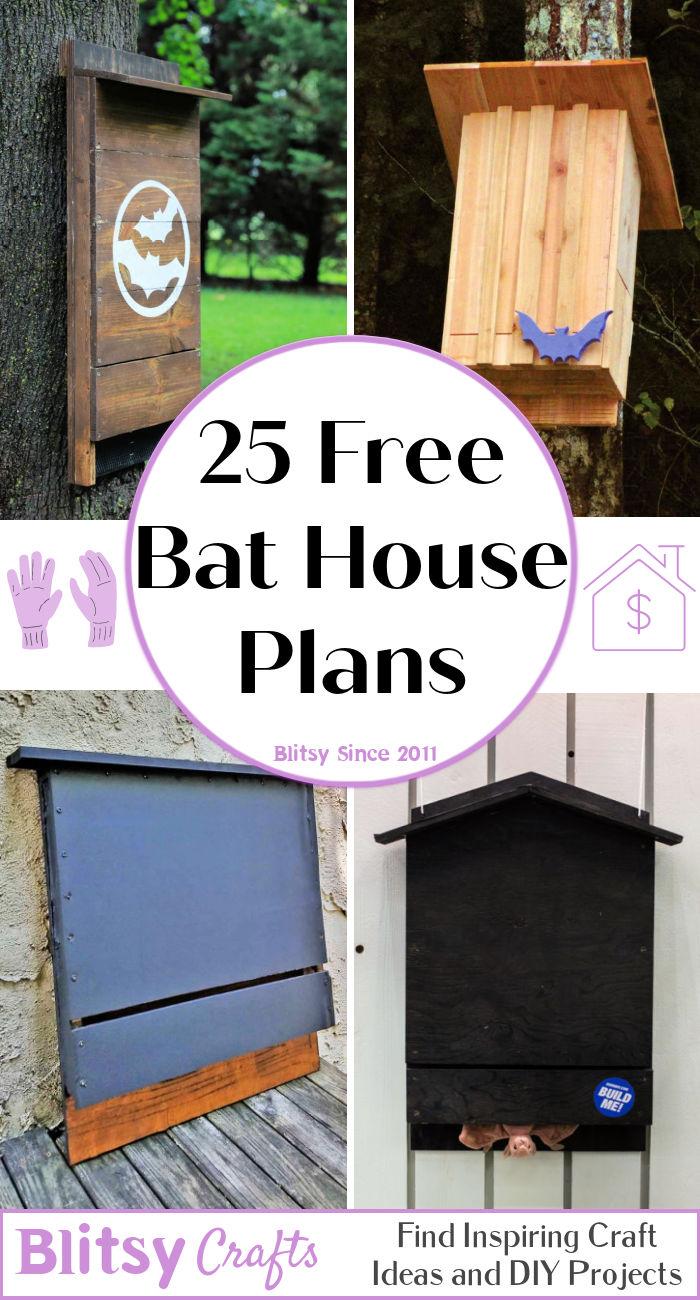
1. Building a Bat House
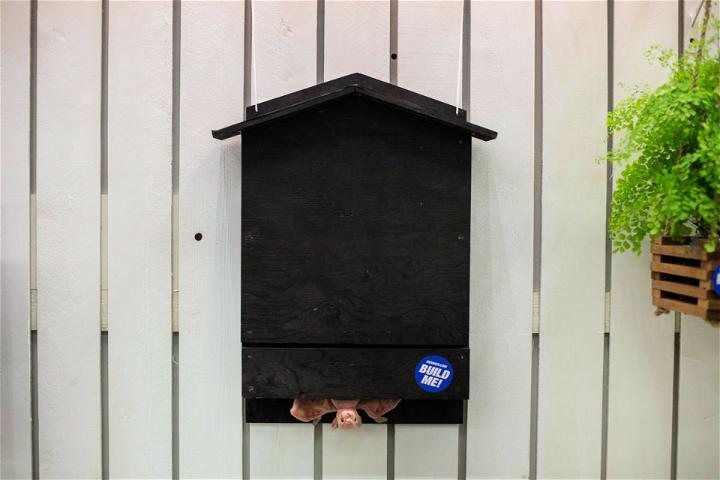
Building a bat house is a delightful project, providing a safe haven for nocturnal creatures and aiding in natural insect control. Such structures are eco-friendly, straightforward to construct and can enhance biodiversity in your garden.
2. DIY Bat House for Backyard

Making a DIY bat house for your backyard merges conservation with hobbyism. Not only does this serve as a cozy retreat for bats, it also contributes to maintaining the ecological balance by naturally reducing pests.
3. How to Make a Bat House
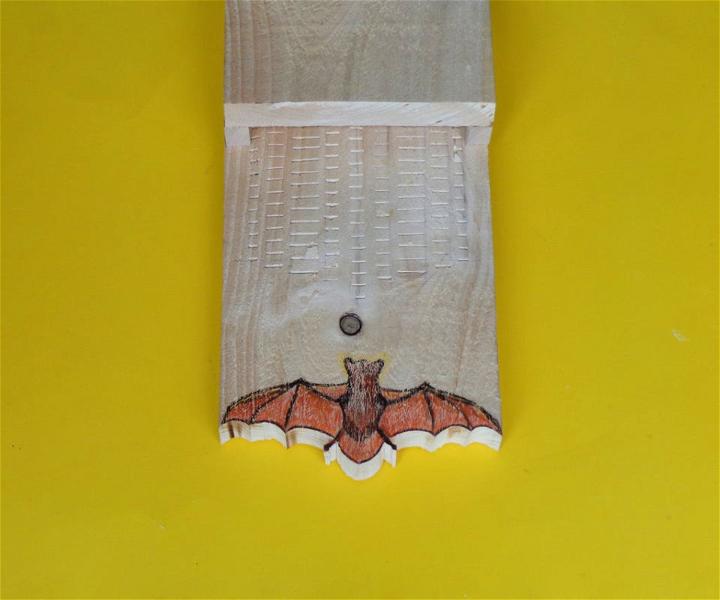
Venturing into making a bat house? It's simpler than it sounds. With basic materials and a thoughtful design, you can make a snug spot for bats, thereby encouraging natural pest control and supporting local wildlife.
4. Build a Bat House
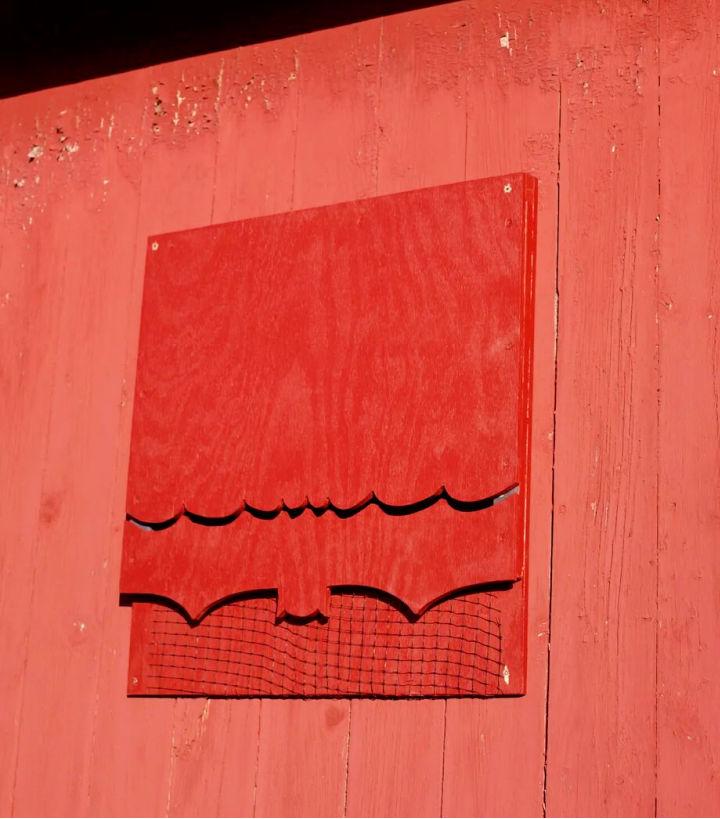
Building a bat house can be a fulfilling weekend project. It not only provides a roosting place for bats but also invites these natural pest controllers into your space, minimizing the need for chemical pesticides.
5. Install a Cedar Bat House
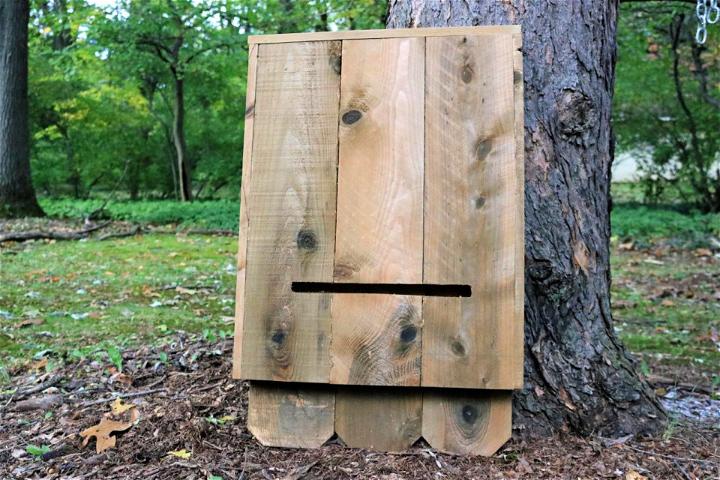
Installing a cedar bat house is a fantastic way to attract bats, known for their appetite for insects. Cedar is durable, naturally resistant to rot, making it an ideal material for outdoor structures.
6. Make a Bat House
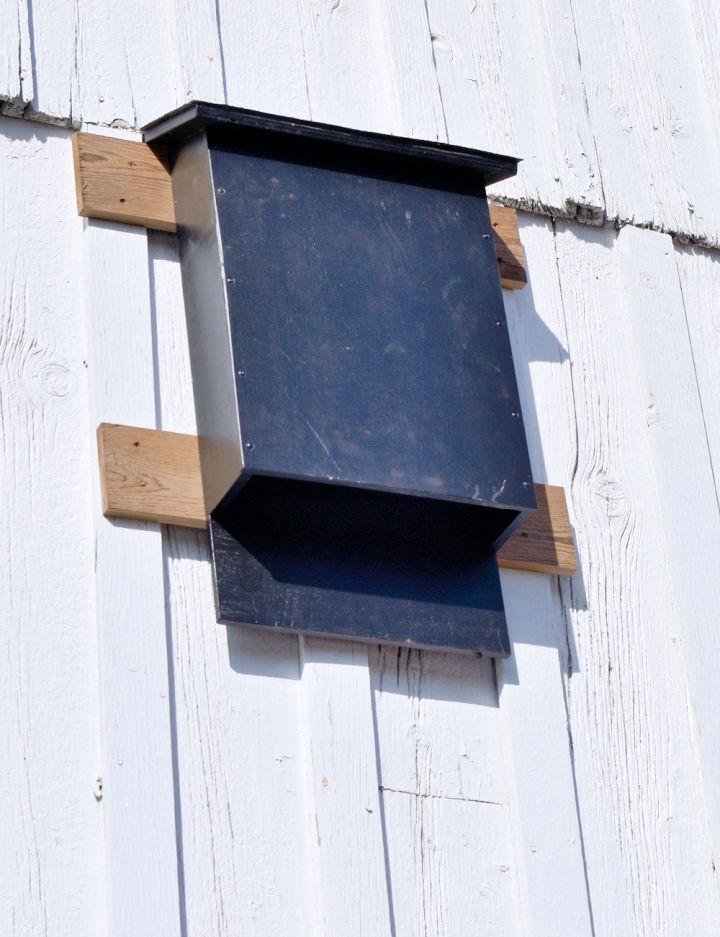
Making a bat house is a step towards contributing to wildlife conservation. With simple tools and materials, you can provide bats a place to stay, effectively aiding in the control of mosquito populations.
7. DIY Dream Bat House
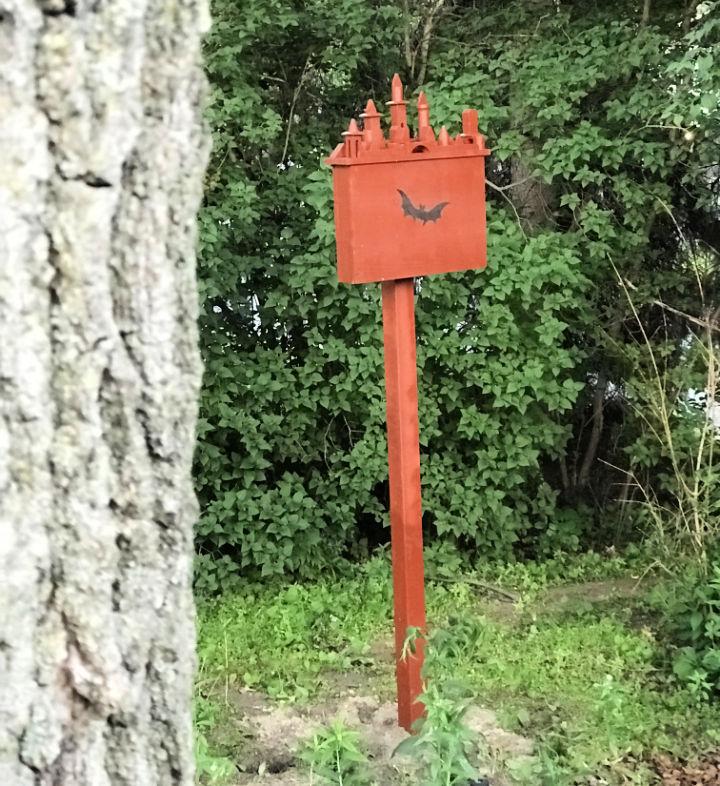
Embarking on building your DIY dream bat house can be an enriching experience. This project allows for customization while offering a sanctuary for bats, playing a role in their conservation.
8. Installing Bat House on Wooden Pole
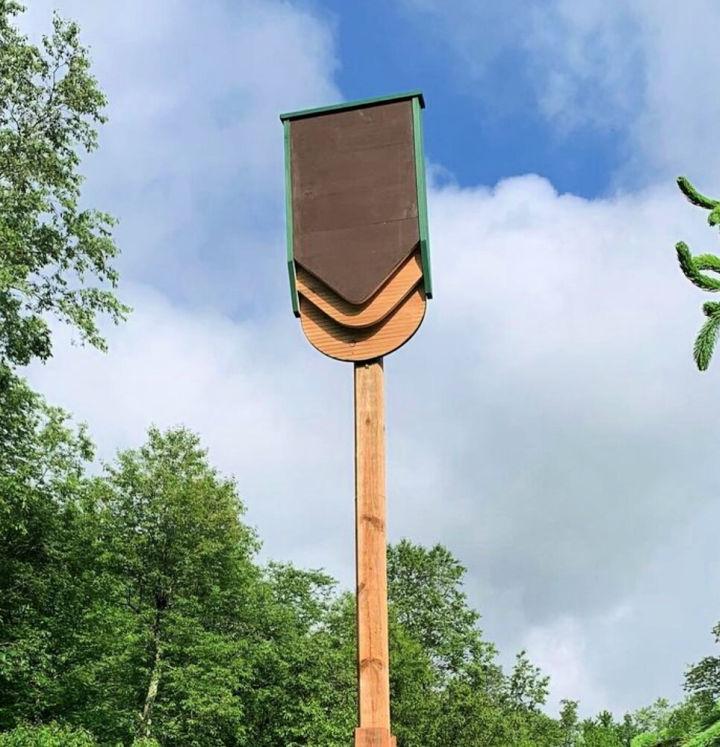
Installing a bat house on a wooden pole positions it perfectly for bats to find and use. Elevated placement makes it safer from predators, ensuring a peaceful habitat for these beneficial mammals.
9. How to Build a Bat House
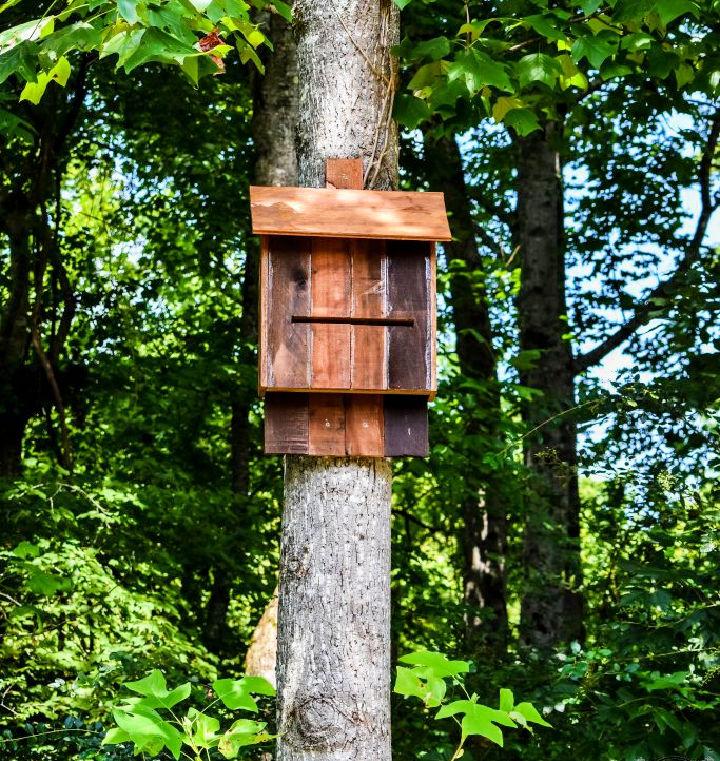
Learning how to build a bat house enriches your knowledge about bat conservation, while offering a practical solution to keep your local ecosystem balanced through natural pest management.
10. DIY Cedar Fence Bat House
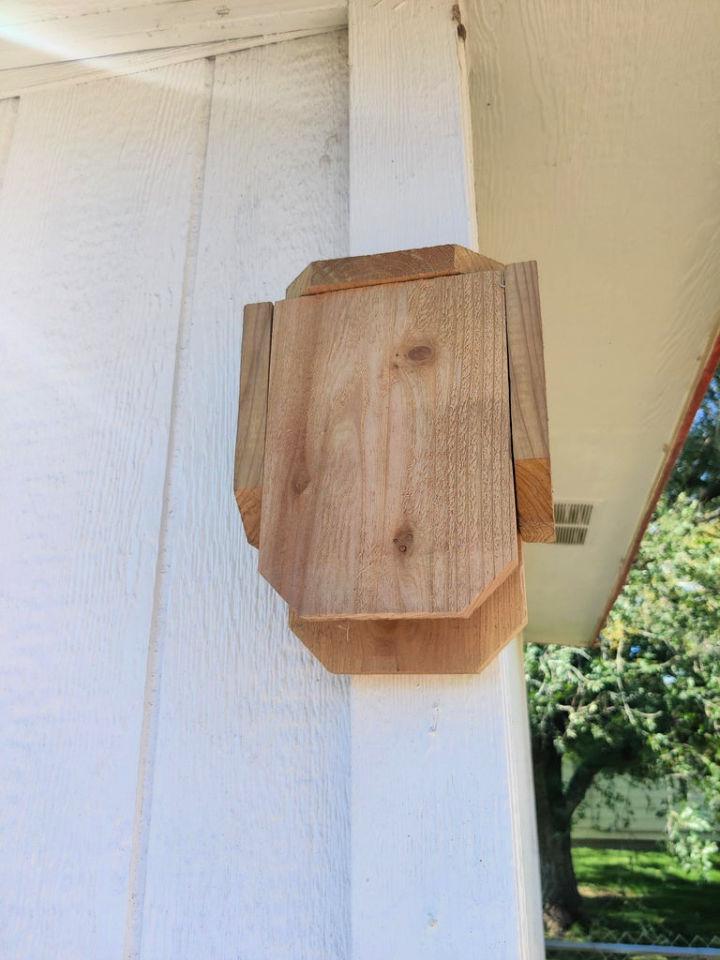
A DIY cedar fence bat house not only recycles fence materials but also fosters a welcoming environment for bats. This eco-friendly project is both cost-effective and beneficial for garden health.
11. DIY Pallet Bat House
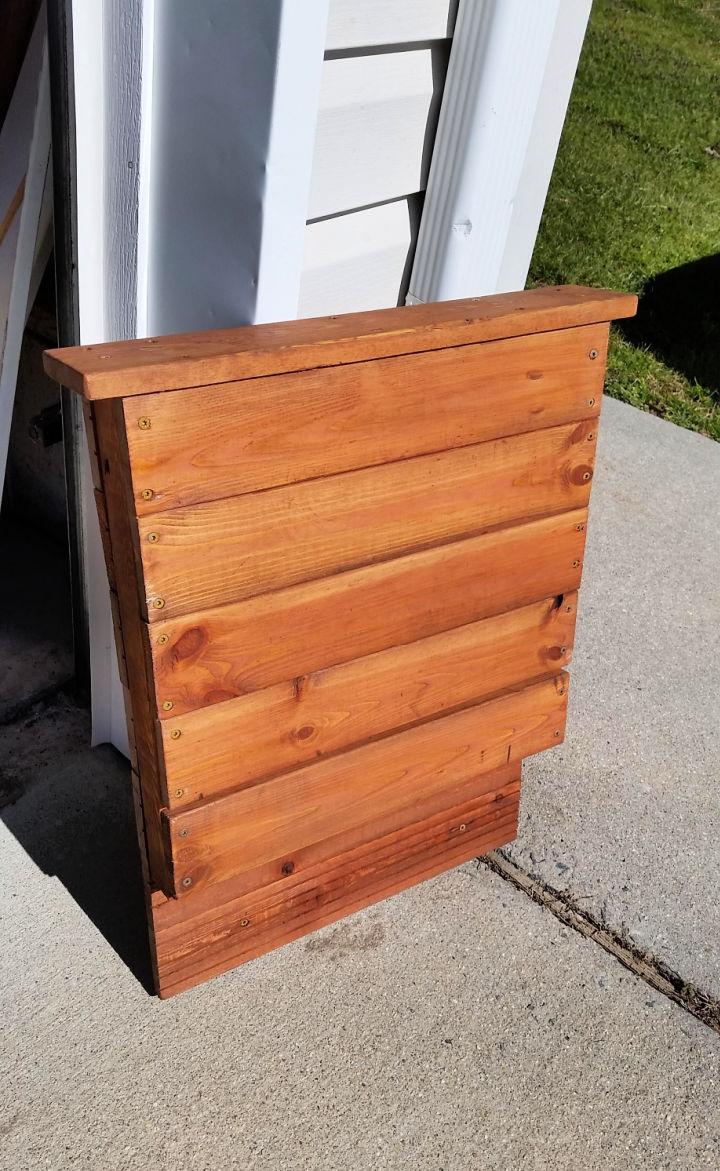
Utilizing old pallets to make a DIY pallet bat house is an excellent example of upcycling. This approach not only gives pallets a new life but also benefits your garden by harboring insectivorous bats.
12. Build Your Own Bat House

When you build your own bat house, you actively participate in wildlife conservation. This DIY project can be a fun, educational experience that contributes positively to your local ecosystem.
13. DIY Bat House Plans
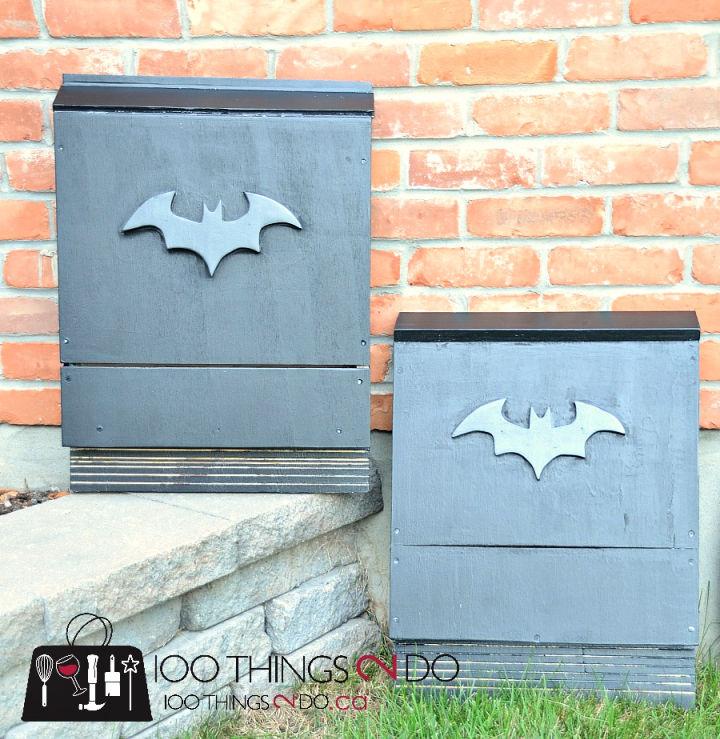
Following DIY bat house plans allows for precision and efficiency in building a secure environment for bats. These plans guide you through the process, ensuring that the end product is both functional and wildlife-friendly.
14. Build Your Own Bat House
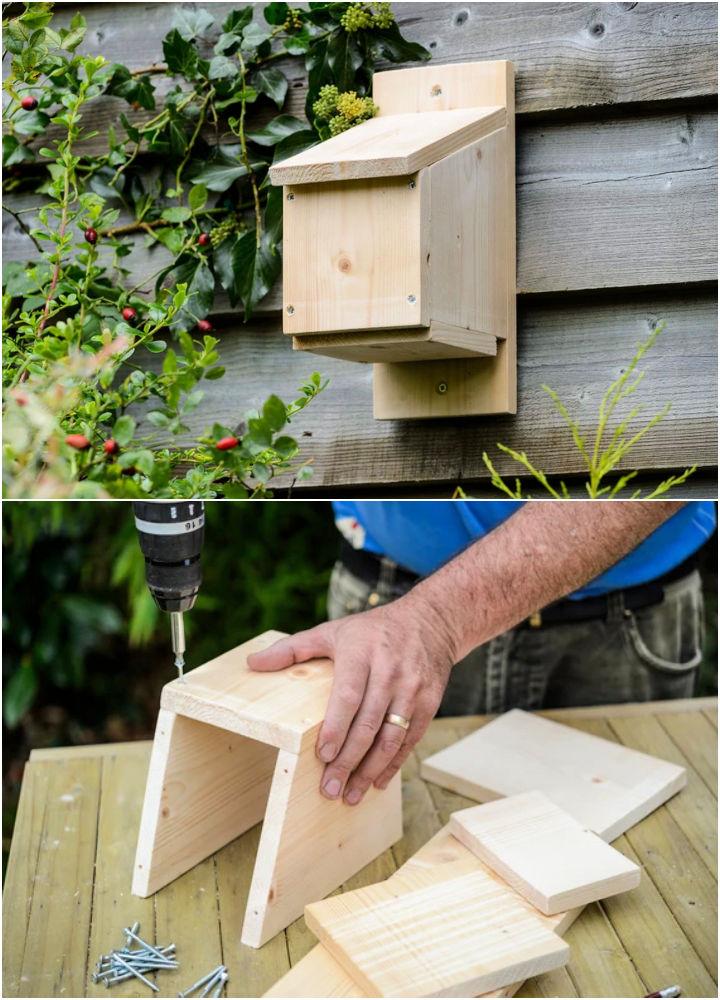
Making your bat house is a great way to learn about bat behavior and habitat needs. This hands-on project can be tailored to fit your space, offering crucial support to these nocturnal pollinators.
15. Installing Traditional Bat House
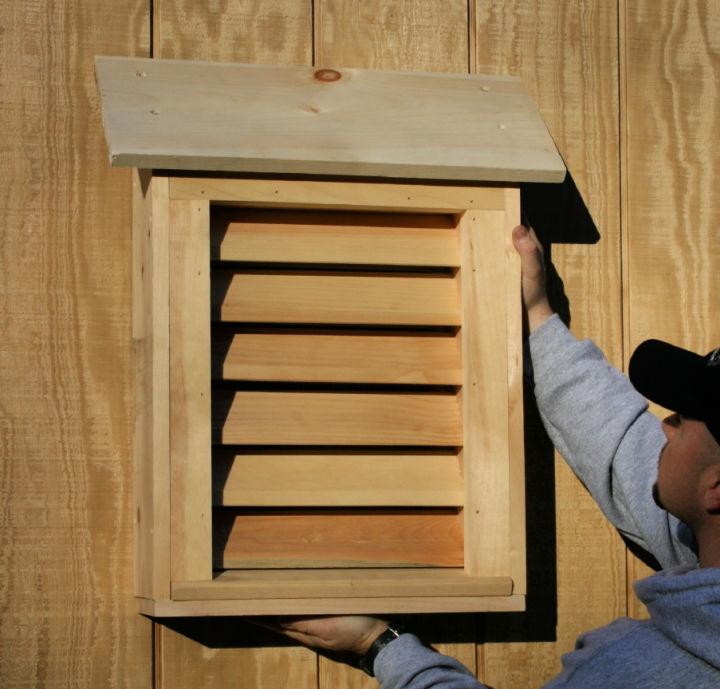
Installing a traditional bat house is a proactive step towards enhancing your garden's natural balance. By providing a resting place for bats, you effectively decrease the need for chemical pest control.
16. Easy to Make Bat House
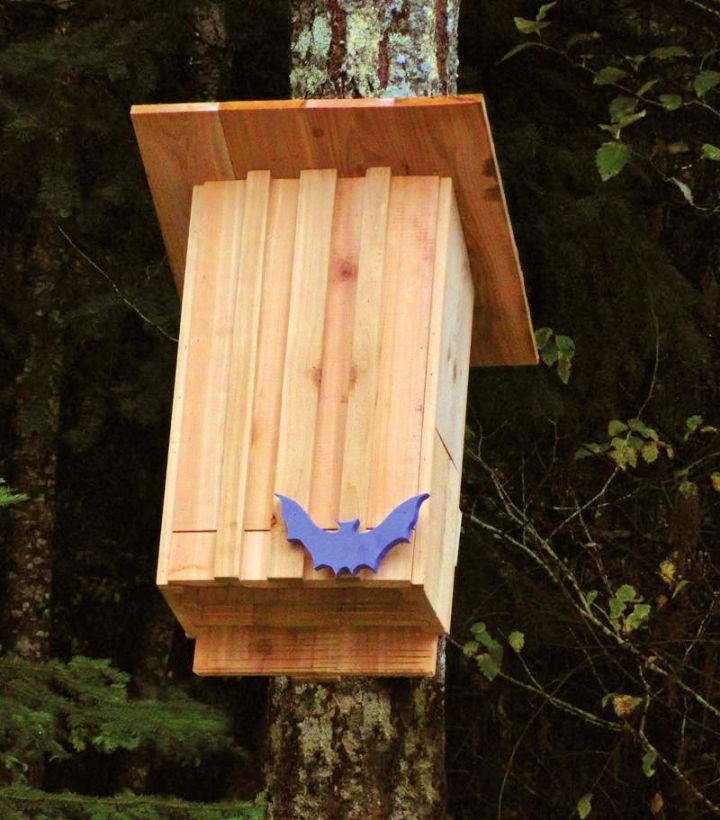
An easy-to-make bat house can be a gateway to understanding more about bat conservation. This simple project offers significant benefits, including natural pest control and the joy of contributing to biodiversity.
17. Simple and Inexpensive DIY Bat House
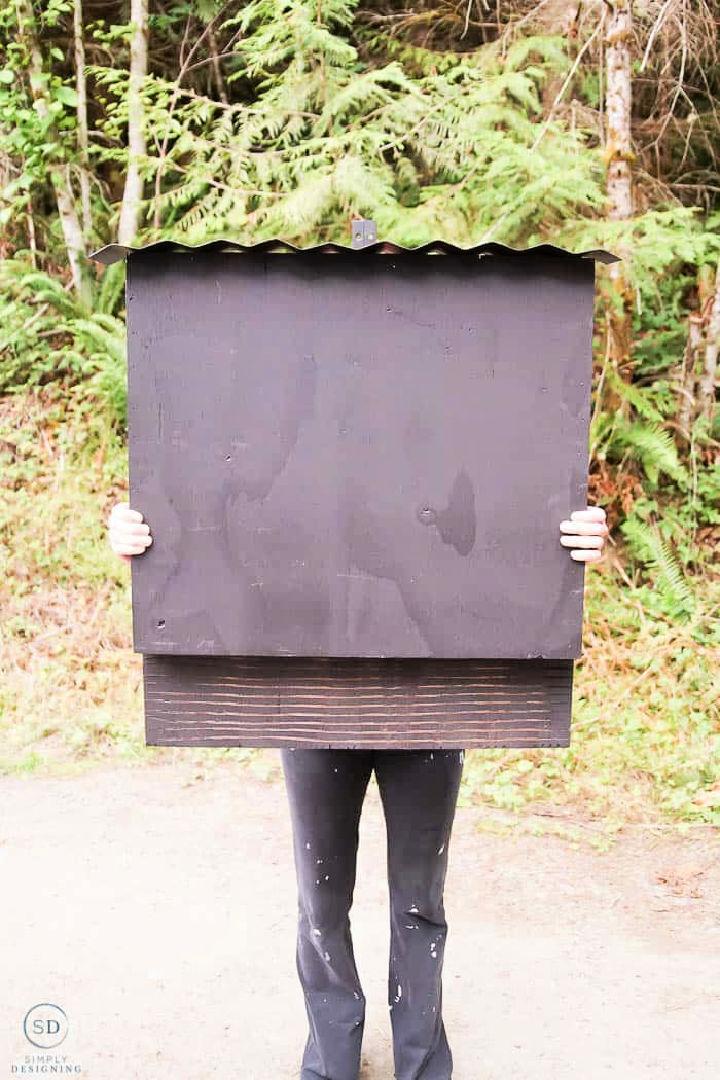
Making a simple and inexpensive DIY bat house is a worthwhile venture. It's an affordable way to support bat populations, ensuring these important creatures have a place to thrive in your vicinity.
18. Make Your Own Bat House
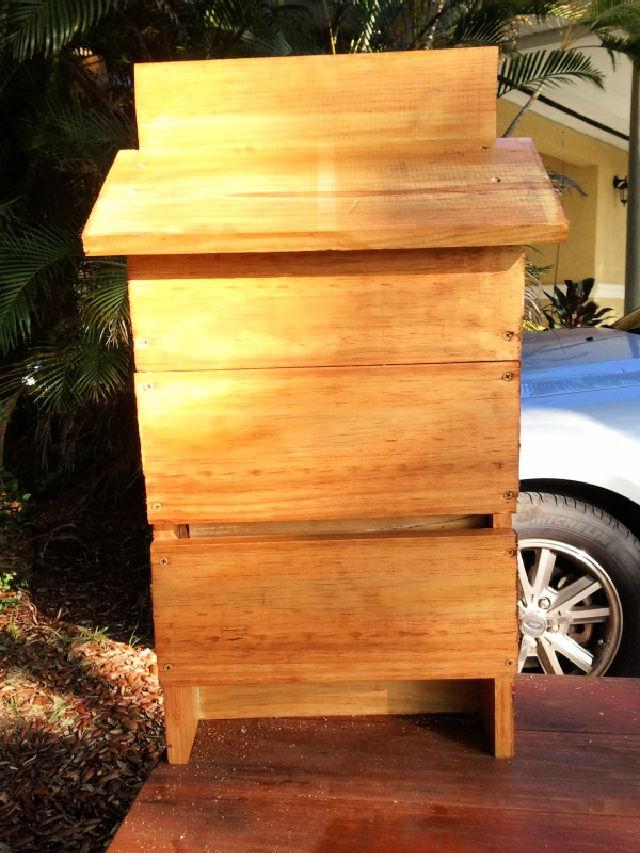
Making your bat house can be an engaging and educational project. It not only benefits the bats but also introduces an eco-friendly method to manage garden pests naturally.
19. DIY Re do Bat House
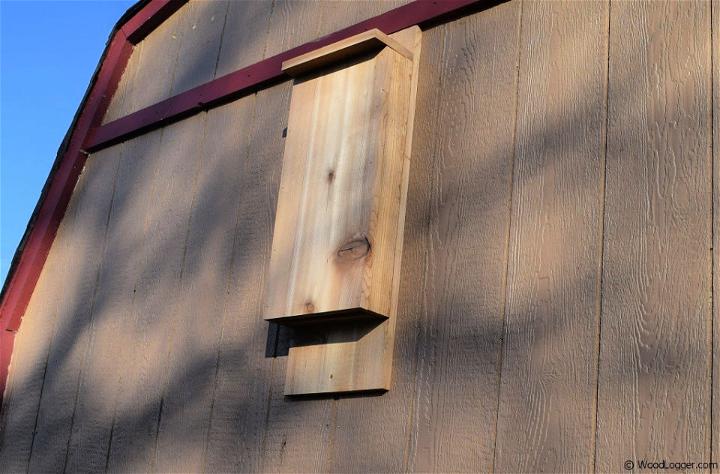
A DIY redo bat house project can be an exciting challenge. It allows for creativity and refurbishment, turning an existing structure into a refined habitat for bats, further supporting wildlife conservation.
20. Big Brown Bat and Hoary Bat House
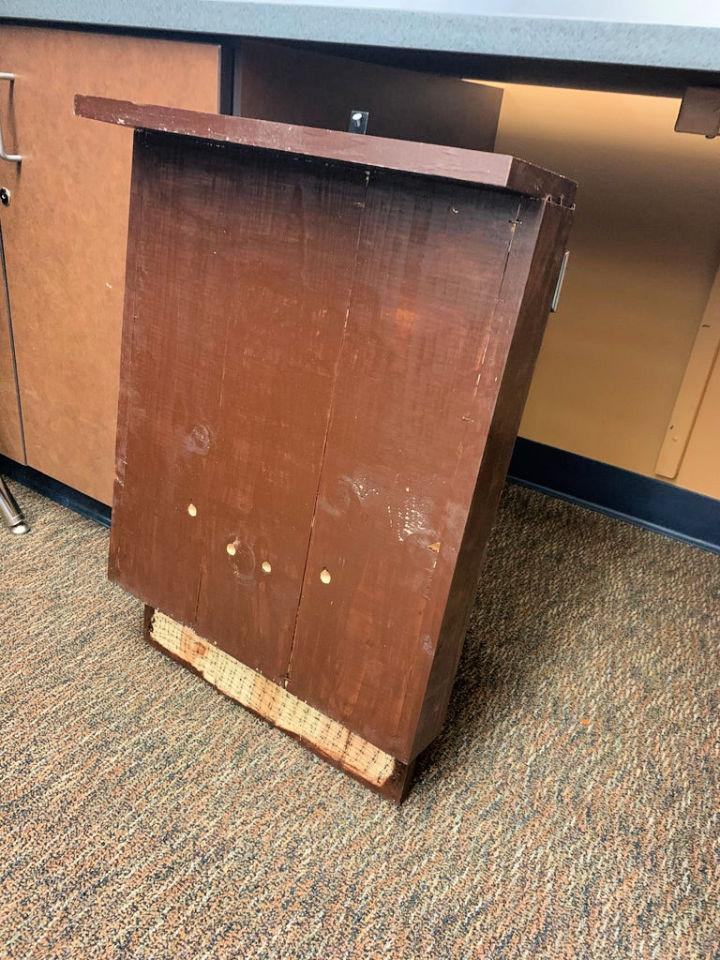
Designing a house specifically for big brown bats and hoary bats requires consideration of their unique needs. This tailored approach helps in accommodating specific species, thus enhancing your local biodiversity.
21. Simple DIY Bat House

A simple DIY bat house is within reach and can make a significant impact. This project promotes a healthier garden by harboring bats, which are natural pest controllers, thus fostering a balanced ecosystem.
22. Single Chamber Bat House
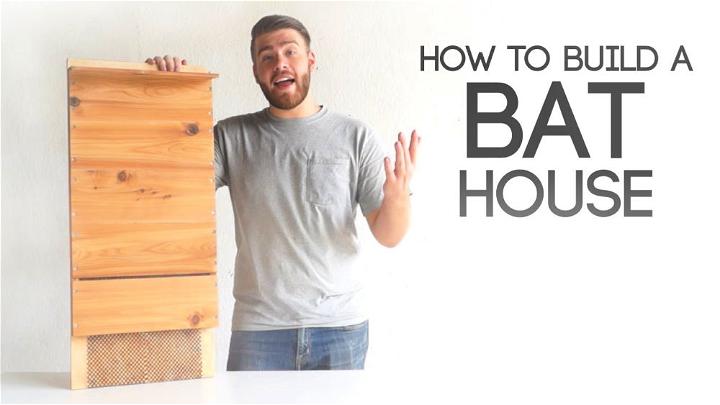
A single chamber bat house is a compact yet effective solution for local bats. Its straightforward design caters to solitary or smaller groups of bats, offering them a cozy and safe sanctuary.
23. Easy DIY Bat House
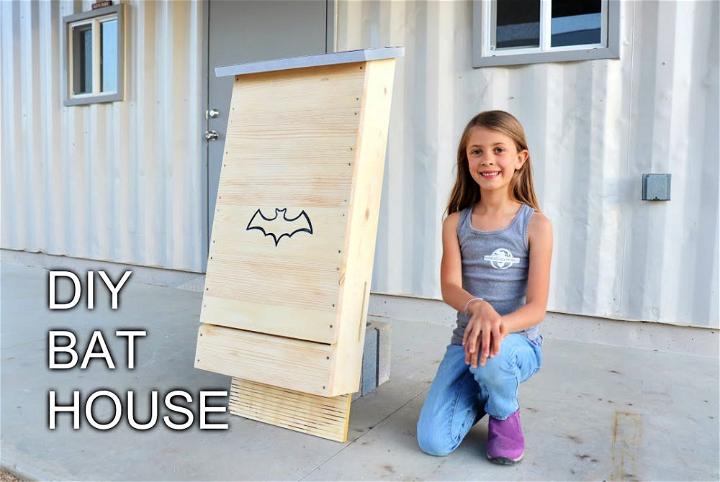
An easy DIY bat house invites an adventure into woodworking and conservation. This do-it-yourself project serves as a natural insect control method and provides a haven for bats, aiding in their preservation.
24. Making a 3 Chamber Bat House
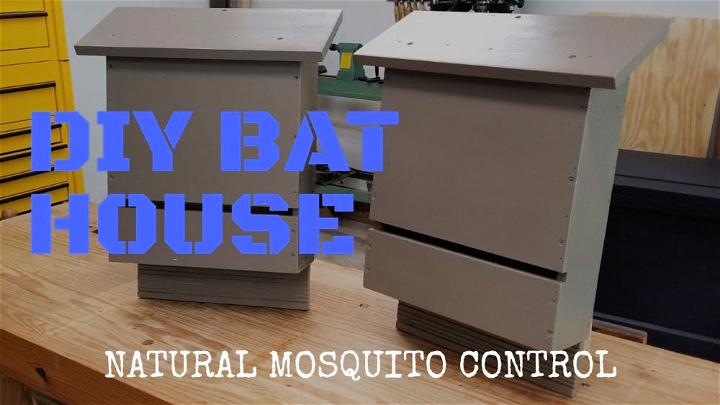
Making a 3-chamber bat house caters to different bat species simultaneously. This design allows for larger colonies to roost, multiplying the benefits of natural pest control and contributing to ecological diversity.
25. Build a Bat House

Making a bat house from scratch is a meaningful contribution to the environment. This initiative not only supports bat populations but also instills a sense of stewardship towards local wildlife and ecology.
Conclusion:
Wrapping up this guide on DIY bat house plans, it's easy to see how building a bat house can be a fun and rewarding project. By following these steps, you can make a safe haven for these nocturnal creatures while also benefiting your garden. So grab your tools and supplies, and get started on constructing your very own bat house today!

